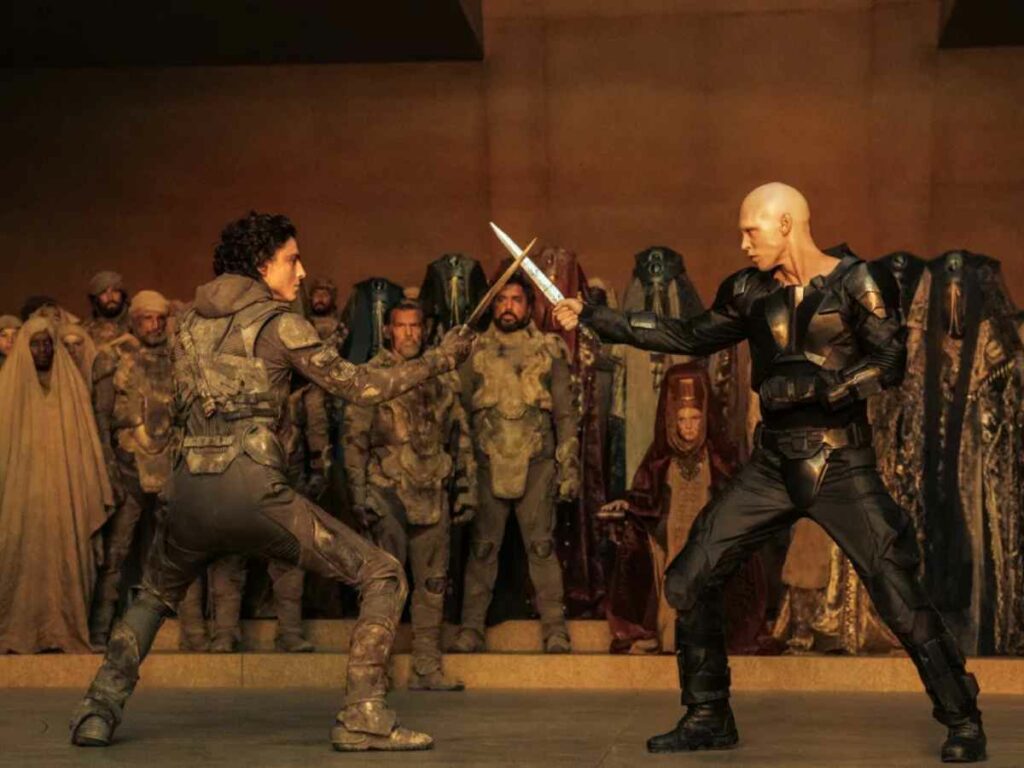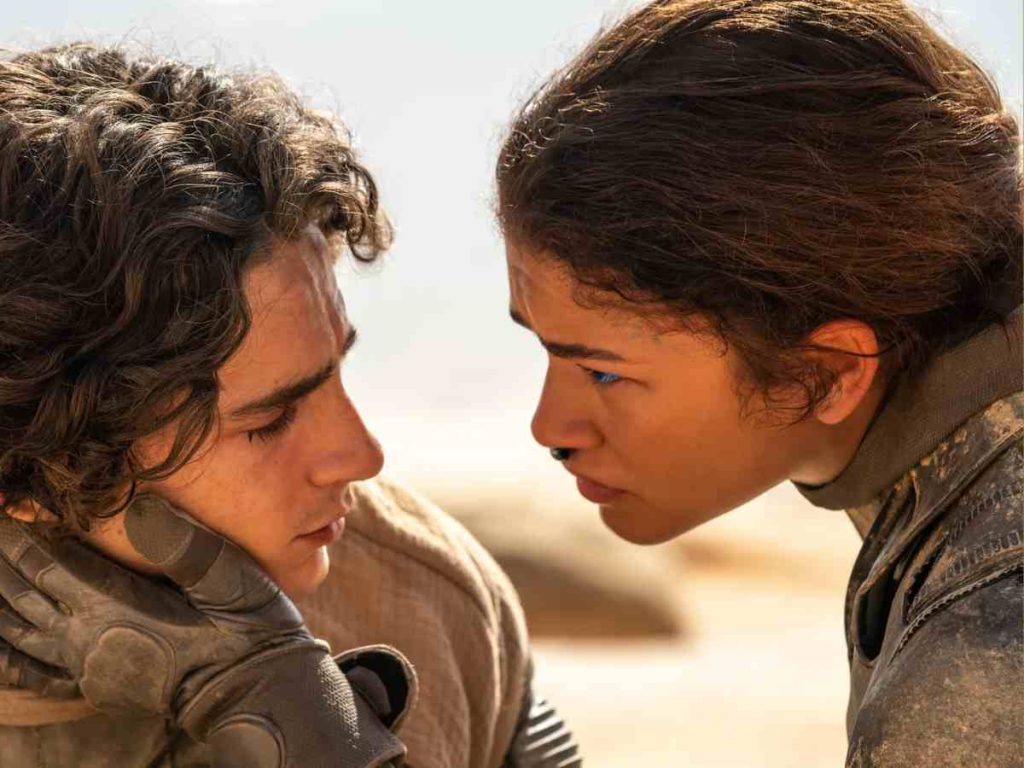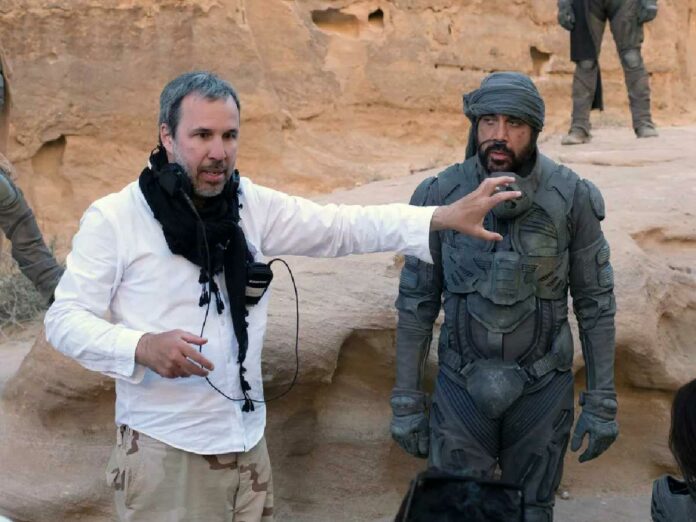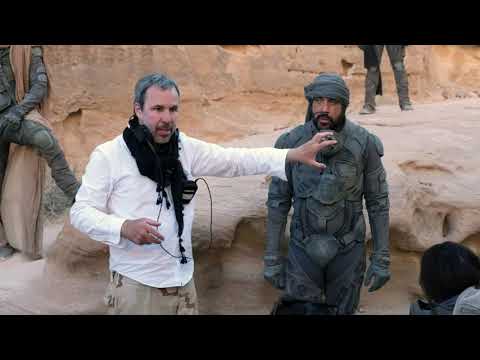The popular debate about book vs film adaptations is never-ending. While it is a popular belief that books are always better than film versions, some movies have defied the odds. Fans are often quick to criticize the movie adaptations of books, but they overlook the efforts that film producers and directors put in to include as many details as possible from the books into the movies.
Even directors as skilled as Denis Villeneuve contend with the daunting task of converting the nuances of a written and published story into cinematic form. With the release of ‘Dune: Part Two’ – the sequel of a film adapted from a book – its director recently disclosed that he had to make some very difficult decisions while bringing alive author Frank Herbert’s ‘Dune’ universe on the silver screen.
Related: Zendaya Is Excited About ‘Dune 3’, But One Reason Is Holding Her Back From Reprising Her Role
“You Have To Make Painful Choices”: Denis Villeneuve Opens Up About Directing ‘Dune: Part Two’

In a recent conversation with Entertainment Weekly, ‘Dune’ director Denis Villeneuve opened up about making some difficult decisions as he struggled to do justice to the book adaptation of the two parts of the film. “When you adapt, there’s always some kind of violence toward the original material,” Villeneuve said. “You have to change things, you have to bend, you have to make painful choices,” he added.
In his latest direction piece, ‘Dune: Part Two’ the alterations to Herbert’s narrative fabric are very much there. Characters like the fiercely independent Fremen warrior Chani, played by Zendaya, has nuanced differences from her character in the book. In the book, she is openly opposed to the ascension of her lover Paul Atreides, played by Timothée Chalamet, to the status of Fremen messiah. Whereas in the film, she than loyally stands by her man.
Paul’s sister Alia only appears as a fetus in a universal consciousness and briefly as a vision of her older self in a dream, portrayed by Anya Taylor-Joy in the movie. Besides, the absence of pivotal figures like Count Fenring and Thufir Hawat are also some major changes made to the film adaptation.
In case you missed it: “Terrifying Creature”: Zendaya And Timothée Chalamet Recall Seeing Austin Butler’s Alien ‘Dune 2’ Look For The First Time
Denis Villeneuve Discarded His Favorite Character From The Film

Villeneuve expressed particular remorse over excising the character of Thufir Hawat, a Mentat whose strategic brilliance echoes throughout Herbert’s novel. “One of the most painful choices for me on this one was Thufir Hawat,” Villeneuve admitted.
“He’s a character I absolutely love, but I decided right at the beginning that I was making a Bene Gesserit adaptation. That meant that Mentats are not as present as they should be, but it’s the nature of the adaptation,” he said.
Mentats are the humanity’s answer to the void left by outlawed artificial intelligence in the ‘Dune’ universe. Yet, Villeneuve’s artistic vision in the film prioritizes the machinations of the Bene Gesserit, to bring to the screens an intricate power play woven throughout the storyline.
As the saga continues, Villeneuve hints at the potential for further exploration of the Bene Gesserit’s characters and story elements. As he has excluded many characters and story facets from the film, there’s a possibility of these getting expanded with future developments should a third installment materialize.
In the interim, the absence of Mentats is just one of the many sacrifices that are inherent in cinematic adaptation. Despite the short runtime and selective character focus, ‘Dune: Part Two’ is one of Villeneuve’s best works as a director.
You might also like to read:






